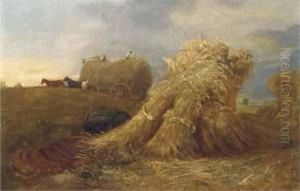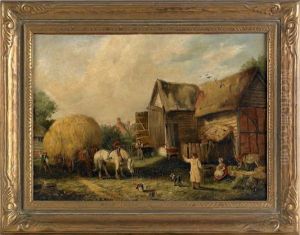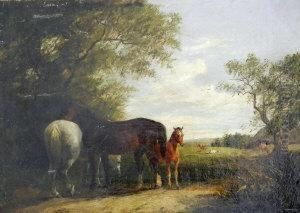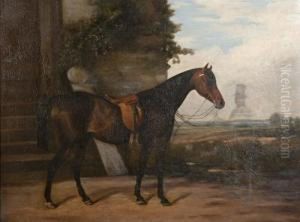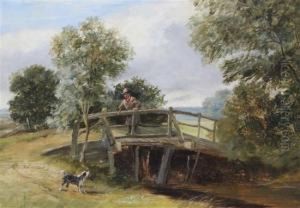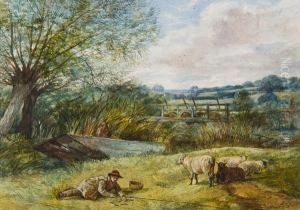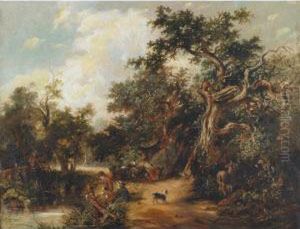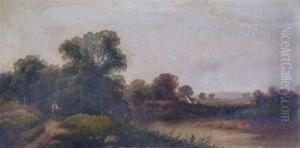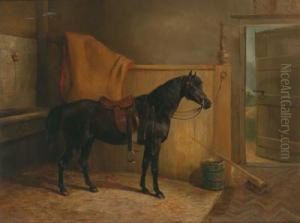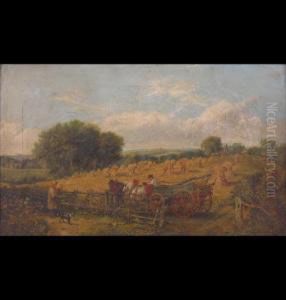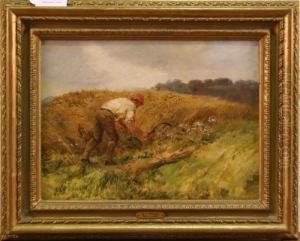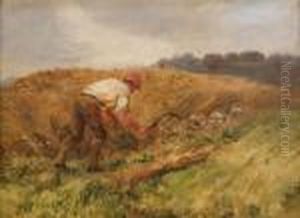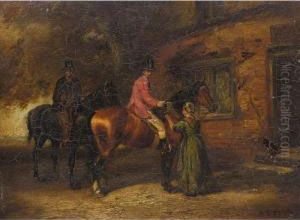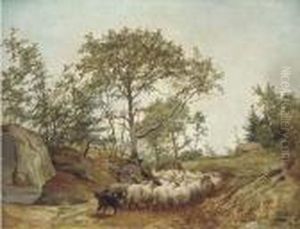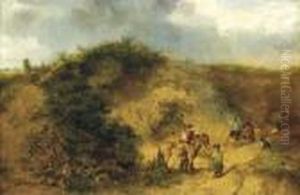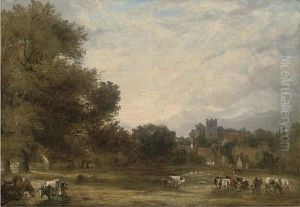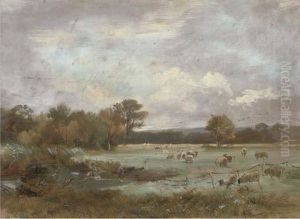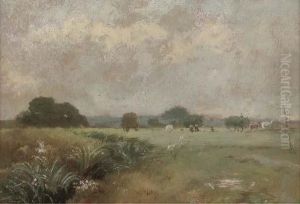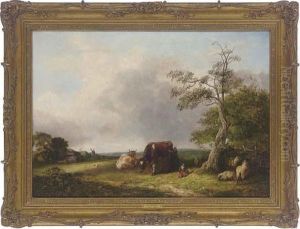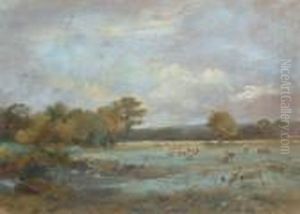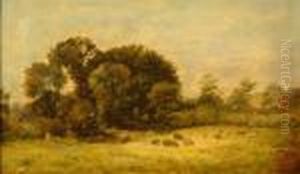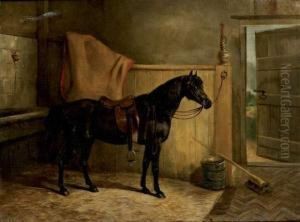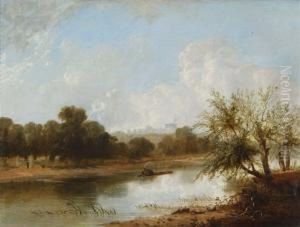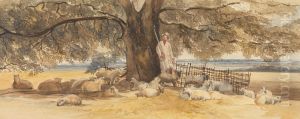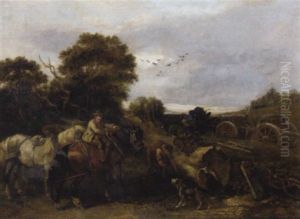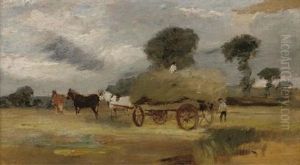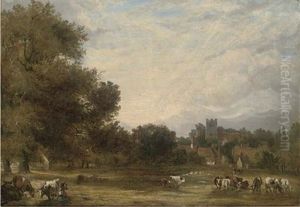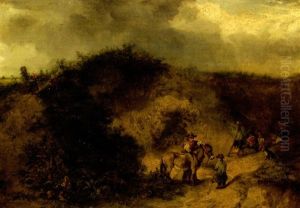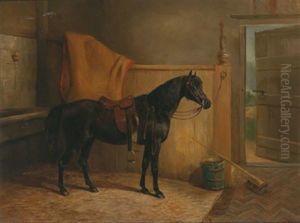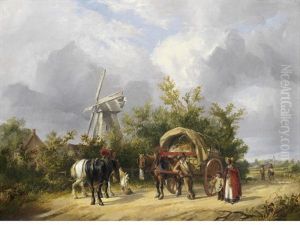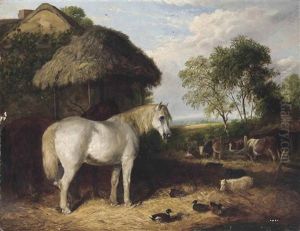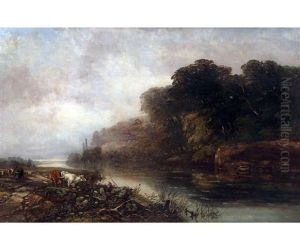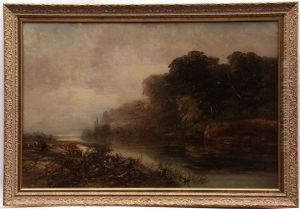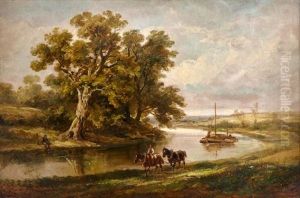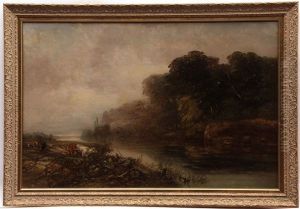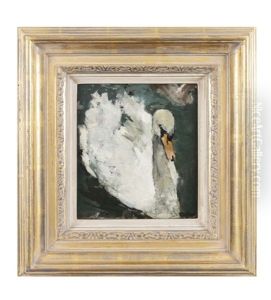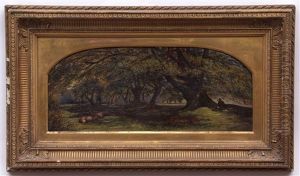Arthur James Stark Paintings
Arthur James Stark, often known as James Stark, was a prominent English painter associated with the Norwich School of painters. He was born on November 19, 1794, in Norwich, England. Stark's artistic talents were evident early on, and he was apprenticed to John Crome, a key figure in the Norwich School, which was the first provincial art movement in Britain.
Stark's work focused primarily on landscapes, capturing the beauty of the English countryside with a particular emphasis on the naturalistic depiction of light and atmosphere. His paintings often featured scenes of the local Norfolk landscape, including watermills, forests, and broad river scenes.
After his apprenticeship, Stark went to London, where he enrolled at the Royal Academy Schools in 1817. He exhibited his work there and gained attention for his landscape paintings. In 1818, he returned to Norwich and became a central member of the Norwich Society of Artists.
Throughout his career, Stark achieved considerable success and was renowned for his contributions to the Norwich School. His work was characterized by a fine attention to detail and a dedication to realism, which was influenced by the Dutch landscape tradition. Stark's landscapes were well-received, and he was able to build a good reputation as an artist.
In addition to painting, Stark also published a book titled 'Scenery of the Rivers of Norfolk' in 1834, comprising a series of engravings that highlighted the beauty of Norfolk's rivers and landscapes.
James Stark died on March 24, 1859, in London. Today, his work is held in various collections, including the Tate Gallery and the Norwich Castle Museum & Art Gallery. Stark's legacy as a significant English landscape painter and his role in the Norwich School continue to be celebrated by art historians and enthusiasts.
